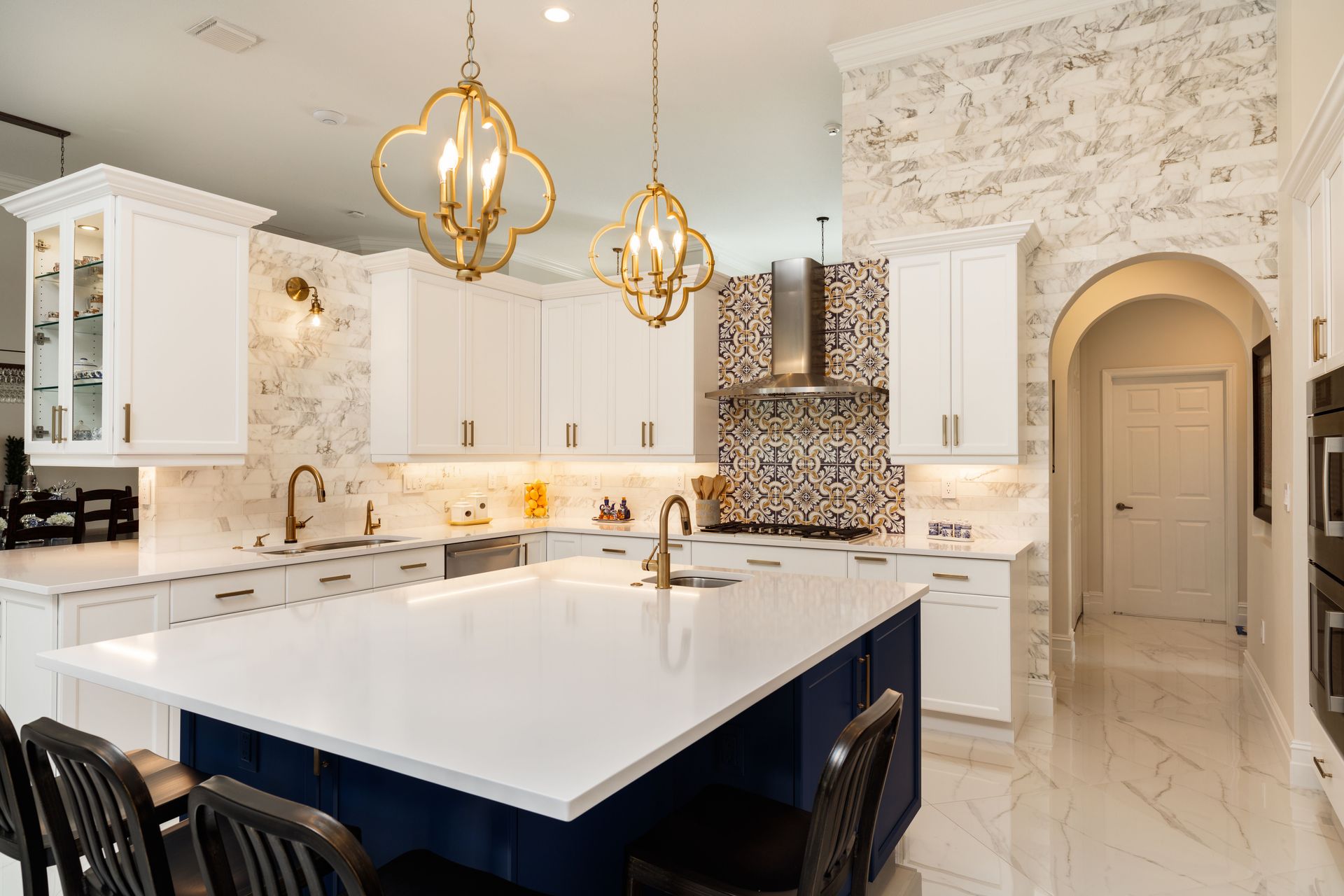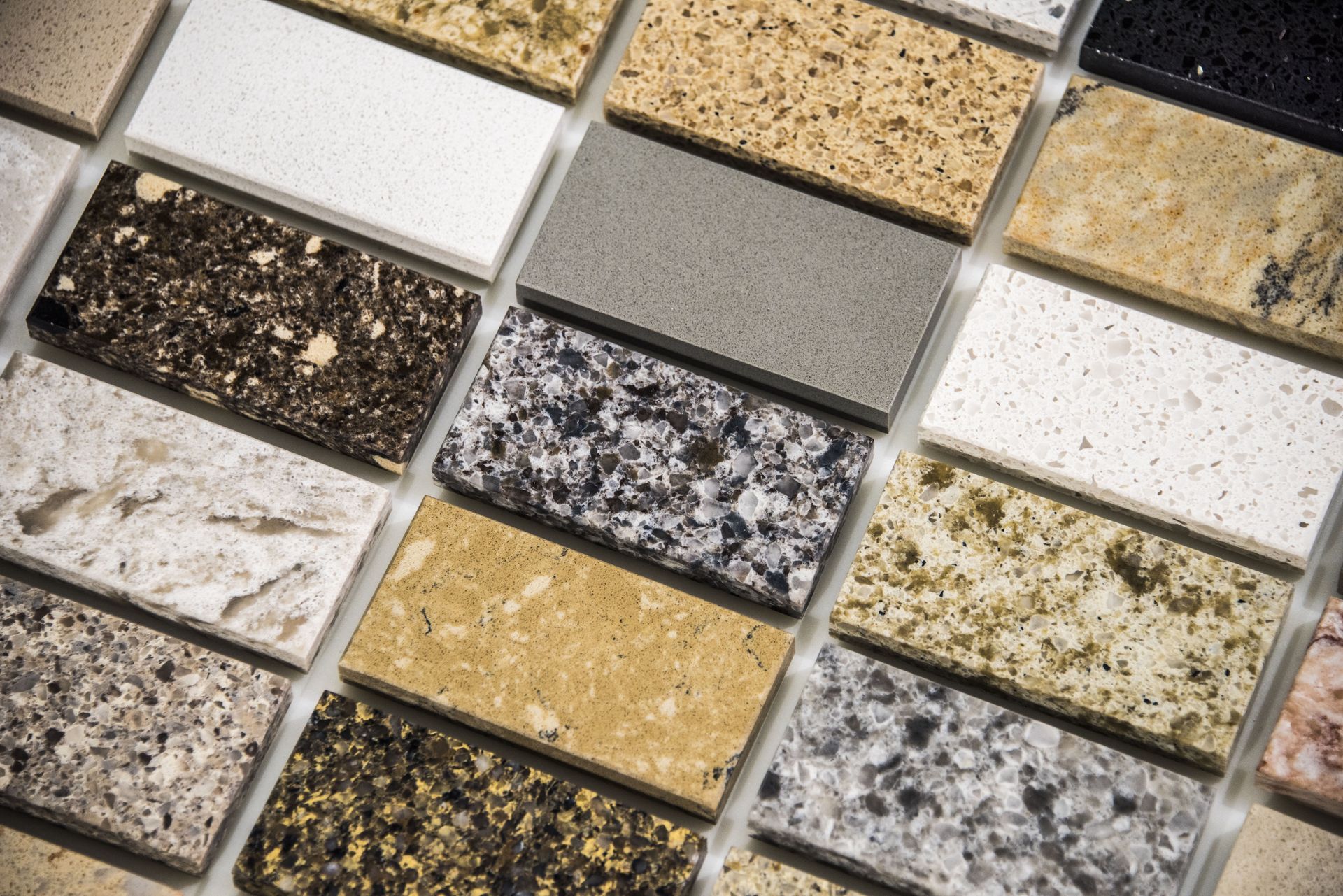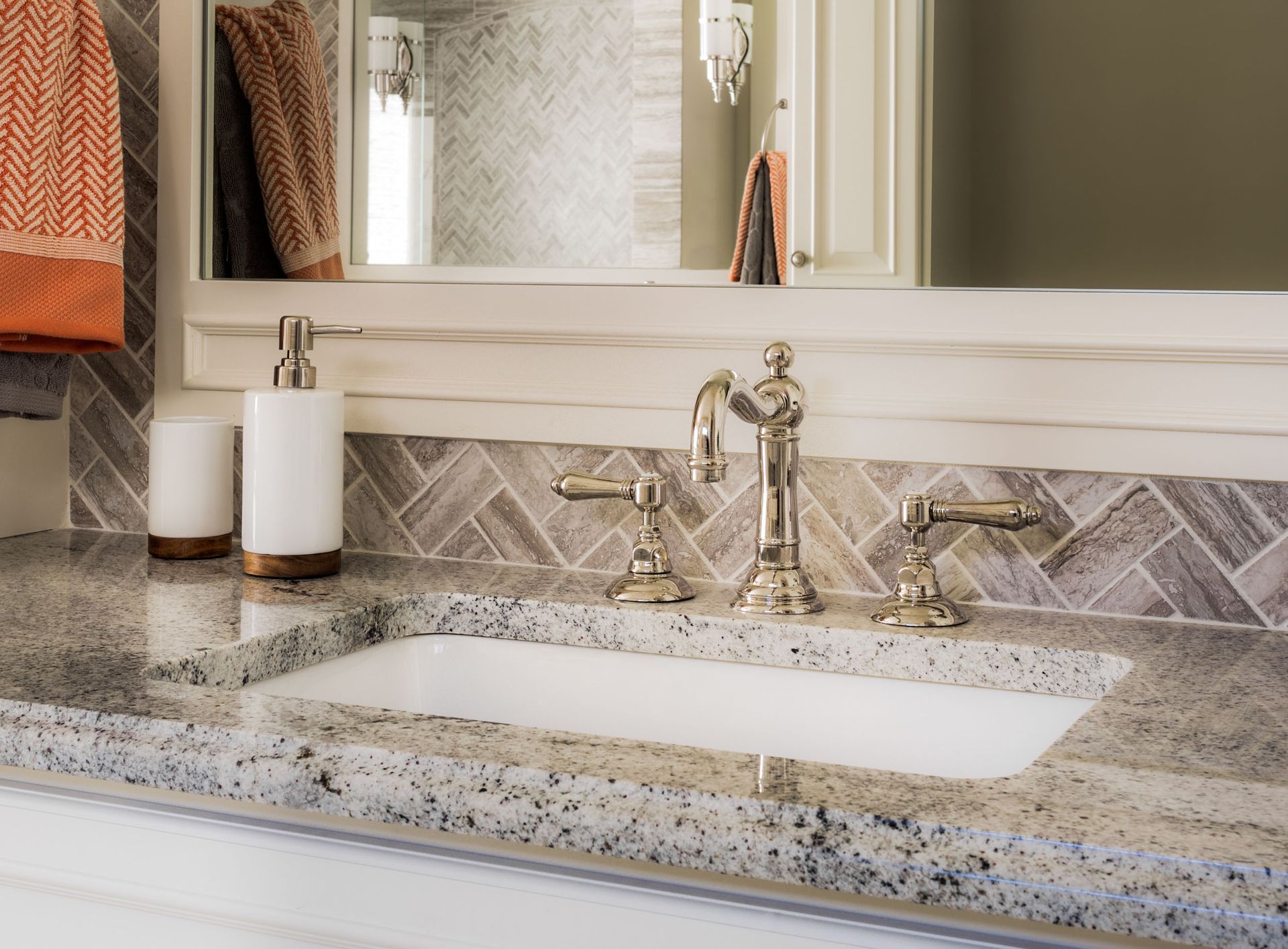6 Tips to Keep Your Granite Countertops Looking New
Granite countertops are a beautiful and durable upgrade for kitchens and bathrooms. Their polished, natural look adds both style and value to a home. However, like any long-term investment, granite requires consistent care to keep it looking its best. Without proper upkeep, even the most stunning stone can lose its shine or become vulnerable to stains, scratches, and cracks. With a little effort and the right techniques, homeowners can extend the life of their countertops and preserve their natural elegance.
This guide provides practical tips on cleaning, sealing, protecting, and inspecting granite surfaces, along with advice on when to call in professionals. Beyond day-to-day cleaning, you’ll learn how to safeguard your counters from common household hazards like heat, spills, and heavy appliances. Whether you’ve just had new countertops installed or want to refresh ones you’ve had for years, these strategies will help you maintain the beauty, strength, and value of your countertops for decades to come.
1. Practicing Regular Cleaning
Routine cleaning is the first and most effective way to keep granite surfaces looking pristine. A daily wipe-down with a microfiber cloth and a small amount of warm water mixed with mild dish soap removes crumbs, spills, and oils. This habit not only maintains shine but also prevents grime buildup that dulls the finish over time.
Selecting the right cleaning products is equally important. Granite requires neutral, pH-balanced cleaners made specifically for stone surfaces. Harsh chemicals like vinegar, bleach, or ammonia can strip away the protective sealant and leave the stone vulnerable to stains. Likewise, abrasive scrub pads can scratch the surface. Using gentle cleaners and soft cloths ensures your granite retains its polished look.
In addition to daily maintenance, it’s helpful to perform a deeper cleaning once a week. Specialty granite cleaners reach residues that regular cleaning misses, helping the countertop stay radiant. With consistent habits, homeowners can keep their granite surfaces looking like new.
2. Maintaining Sealant Protection
Granite is naturally porous, meaning liquids can seep into the stone if it is not properly sealed. This makes applying and maintaining a sealant one of the most crucial steps in countertop care. A quality sealant creates a protective barrier against moisture, stains, and oils.
Testing the seal’s strength is simple: place a few drops of water on the surface. If the droplets bead up, the seal is intact. If the water begins to soak in within 30 minutes, it’s time to reseal. Most granite countertops require resealing once a year, though heavily used areas may need more frequent applications.
Applying sealant is straightforward. Clean and dry the countertop, spread the sealant evenly with a soft cloth or sponge, let it soak in, and wipe off the excess. Penetrating sealants are often recommended for kitchens because they withstand exposure to oils and acids. Taking the time to reseal regularly ensures the stone remains protected for the long haul.
3. Preventing Stains and Etching
Granite is tough, but it isn’t completely stain-proof. The best way to avoid stains is to clean spills immediately, especially liquids like wine, coffee, fruit juice, and oil. These substances can seep into pores and leave permanent marks if ignored. Instead of wiping spills across the surface, blot them with a soft cloth to avoid spreading the liquid further.
Protective habits make a big difference as well. Always use cutting boards when preparing food and trivets under hot pans. While granite is heat-resistant, sudden changes in temperature can stress the stone. Similarly, sharp knives or heavy pots can leave scratches or chips if placed directly on the surface.
For stains that do occur, baking soda paste or homemade poultices are safe and effective remedies. If these don’t work, professional stain removal is the best option. Specialists have access to advanced tools and solutions that restore the stone without causing damage.
4. Avoiding Physical Damage
Although granite is among the hardest natural stones, it is not indestructible. Simple precautions prevent chips, cracks, and scratches. Heavy objects should not be dragged across the countertop, and sharp tools should never be used directly on the stone. Placemats, coasters, and protective pads are small investments that go a long way in preserving the surface.
When placing appliances or other heavy items, ensure they are supported across a wide area rather than concentrated in one spot. This distributes the weight and prevents cracks. In kitchens, always use heat pads under hot cookware, even though granite can tolerate high temperatures. Consistent exposure to extreme heat can cause discoloration or structural stress over time.
Regularly inspecting the countertop for chips, small cracks, or uneven areas allows you to catch issues early before they worsen. Small problems are much easier and less costly to repair if addressed right away.
5. Adapting to Environmental Factors
Granite countertops are also affected by environmental conditions inside the home. Temperature fluctuations and humidity can cause the stone to expand and contract, creating stress that may eventually lead to cracks. Maintaining stable indoor conditions with climate control or dehumidifiers can help minimize this risk.
Sunlight is another consideration. Prolonged direct exposure may cause discoloration or fading over time. Installing UV window films or blinds protects your countertops while still allowing natural light into the room.
Moisture management is equally critical. Unsealed granite can absorb water, creating stains and even structural damage. Using coasters under glasses and addressing plumbing leaks promptly prevents excess moisture from damaging the stone. Seasonal adjustments—such as increasing ventilation in humid summers or monitoring rapid temperature changes in winter—help the granite withstand different conditions year-round.
6. Scheduling Professional Care
While most countertop care can be managed at home, professional services are valuable for maintaining long-term quality. Regular inspections by a qualified technician help identify sealant wear, hidden cracks, or structural issues. At least once a year, homeowners should schedule a detailed inspection, especially in kitchens where counters experience heavy use.
Professional cleaning services go deeper than household methods, removing buildup that regular products miss. For countertops with significant damage or staining, expert repair services restore the surface safely and effectively. According to Bob Vila, quartzite needs to be sealed every six to 12 months, and cleaning up spills quickly with mild soap and water is a must in order to avoid staining the surface. Though hiring professionals involves an upfront cost, it can save money in the long run by preventing damage that would require full replacement.
The key is weighing the cost of maintenance against the value of your countertops. Considering the beauty, function, and durability they add to your home, the benefits of professional upkeep far outweigh the expense. Granite countertops remain one of the most popular choices for homeowners because of their timeless appeal, durability, and ability to elevate any space. By cleaning regularly, maintaining sealant protection, preventing stains, avoiding physical damage, adapting to environmental factors, and scheduling professional care, you can preserve their beauty for decades.
Your countertops are more than just a surface—they are an investment in your home’s comfort and value. Protecting them with consistent maintenance and the occasional help of experts ensures they remain a centerpiece of your living space.
If you’re looking for a trusted countertop company that can help you select, install, or maintain granite surfaces, reach out to CityRock Countertops today. Let their expertise keep your countertops shining for years to come.

















Share On: